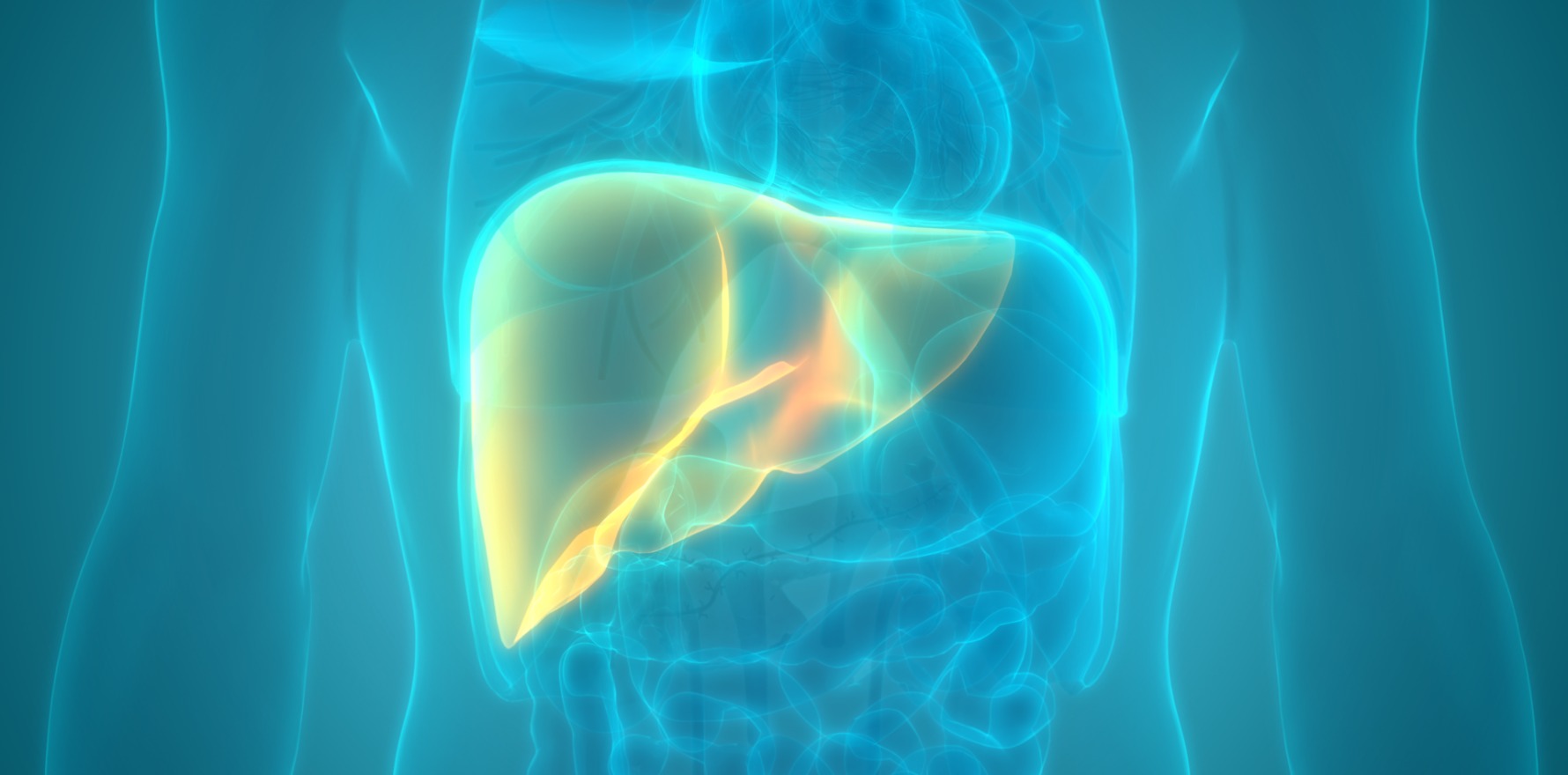In going soft on complementary medicines, the regulator neglects public safety and damages its own reputation.
A growing number of patients are landing in hospital with drug-induced liver injury from complementary medicines, in a trend that experts say reflects a lack of regulation.
The proportion of non-paracetamol drug-induced liver injury (DILI) linked with herbal and dietary supplements climbed from 15% during 2009–11 to almost half of all admissions during 2018–20, according to research published this week in the MJA.
The research team analysed the records of 184 patients who presented at the Royal Prince Alfred Hospital in Sydney with DILI between 2009 and 2020.
Individuals with DILI caused by complementary medicines also had poorer outcomes than the liver injuries caused by paracetamol or prescription medicines.
“The rise in the proportion of non-paracetamol drug-induced liver injury cases in which herbal and dietary supplements were implicated reflects the rise in supplement use in Australia over the past two decades,” the authors said.
A research letter in the MJA in February, found that about 75% of older Australians consume at least one dietary supplement or complementary medicine product every day, most of which are not recommended by current medical opinion.
“While proprietary complementary medicines are generally regarded as safe, their widespread use by older people, who generally have a greater burden of disease, higher medical expenses and low or fixed incomes, raises questions about their marketing and promotion,” said the authors from Monash University.
There are now more than 10,000 “low-risk” medicines, mainly complementary, on the ARTG with about 2000 new products being listed every year.
The authors of the DILI study attributed the trend to a “lack of regulatory oversight” by the Therapeutic Goods Administration in which complementary medicines were classified as “listed” low-risk products, as opposed to the “registered” title reserved for higher risk medicines.
This lax approach by the TGA in regulating complementary medicines has long irritated peak medical groups.
And given the ongoing blind spot of the regulator when it comes to policing complementary medicines, its reputation for protecting the public against harm could also be at stake.
While the TGA has been praised for ensuring safe covid vaccines are available on the Australian market, it has also continued to allow complementary medicines to thrive largely unregulated.
The regulator is often seen to be going “hard” on prescription medicines, while largely turning its back on the activities of the complementary medicine industry.
The argument from the medical community is simple enough: complementary medicines should have to undergo the same quality control and testing that is applied to standard medicines.
But it’s a standard the government has managed to evade for decades, despite having an agency supposedly dedicated to this cause.
In a 2020 survey of about 160 health professionals, 42% disagreed or strongly disagreed with the statement “I am confident the government monitors complementary medicines to identify safety issues”.
When asked an open-ended question about what the TGA could do better, respondents said the regulator could provide more stringent quality control of herbal and naturopathic medications.
Many complementary medicines make a virtue of being “traditional”, and therefore prescientific, and the theories on which they are based have not been validated by modern inquiry.
A number of healthcare professionals surveyed by the TGA said that health warnings should be applied to complementary medicines highlighting that fact.
This is a position echoed by Adjunct Professor Ken Harvey, a public health physician with an interest in the regulation of therapeutic goods.
“Australia is a pluralistic society and it’s appropriate we allow access to alternative medical traditions and products,” he recently told TMR’s The Tea Room podcast.
“But consumers need to understand the difference between traditional and scientific evidence, and be protected from harm and exploitation.
Of course, any product for which therapeutic claims are made has to be listed on the Australian Register of Therapeutic Goods (ARTG) before it can be made available in Australia.
The process for listing complementary medicines has allowed the sponsor company to include a short description of the product’s indications. But since 2018, the TGA has allowed industry to create the list of permissible indications that can be displayed on products.
“The result has been that 86% of over 1000 indications can now be justified by traditional, rather than scientific, evidence,” Professor Harvey said.
“This has largely removed the need for complimentary medicines to have a scientific evidence base.”
These traditional indications include those from Chinese medicine such as “softens hardness” and “opens body orifices”.
In a bid to take back the reins from industry, groups including the RACGP, Choice and Friends of Science in Medicine lobbied for ARTG-listed complementary medicines to include an educational statement on packaging.
For example, products making traditional claims would have to include a clause such as:“This product is based on traditional beliefs and not modern scientific evidence.”
But perhaps unsurprisingly, this recommendation was opposed by industry and the TGA.
Enforcing a packaging disclosure statement would allow consumers to make more-informed purchases, and still not impede a manufacturer’s ability to market a product to individuals with certain health conditions.
The TGA has notoriously taken a reactive approach to complementary medicine, rather than a proactive one, Professor Harvey said.
“A lot of manufacturers don’t even bother to register on the ATRG, because unless someone complains, the TGA is not really going to catch up with them,” he said.
“But if they do take the trouble to get products listed on the ARTG, there are still huge problems because it’s an automatic listing or inclusion process.”
About two decades ago, the government decided that “low-risk” medicines and devices could be automatically listed on the ARTG, as long as a manufacturer self-certified that a product contained the appropriate regulatory constraints.
After a product is listed on the ARTG, there are only two regulation methods the TGA has at its disposal: a small number of post-marketing reviews and an advertising complaints system.
Both are flawed, according to Professor Harvey.
The TGA assesses about 160 listed “low-risk” medicines each year in their post-marketing reviews, out of a total of more than 10,000 listed products.
“Over the past five years on average, about three-quarters of the products assessed have been found to be non-compliant with the rules, mainly because companies can’t produce the evidence to substantiate the claims made,” Professor Harvey said.
But the TGA notifies companies when a review is imminent, providing an out for manufacturers who don’t want the scrutiny. They can delist the product, aborting the review, and then return to list a similar or identical product.
The TGA is also paid quite handsomely by industry for the honour of an ARTG listing, with the regulator bringing in about $13 million in fees from “low-risk” medicines every year.
An application in this category costs manufacturers $870 and there is an ongoing annual listing fee of about $1100.
Yet the cost of regulating the complementary medicine industry continues to be worn by consumers, Professor Harvey said, with manufacturers simply adding these fees to the product sale price.
In return, the TGA neglects their end of the bargain, leaving consumers to be unprotected from products that don’t work, and marketing that promotes unfounded health claims.
At a time when the public needs to trust the safety of vaccines on the market, the regulator should be doing everything it can to enhance its reputation, not appear half-asleep on the job.



